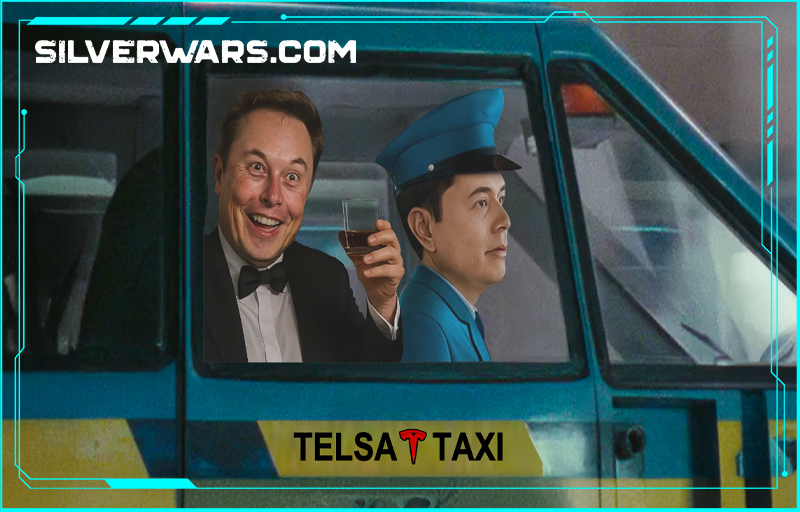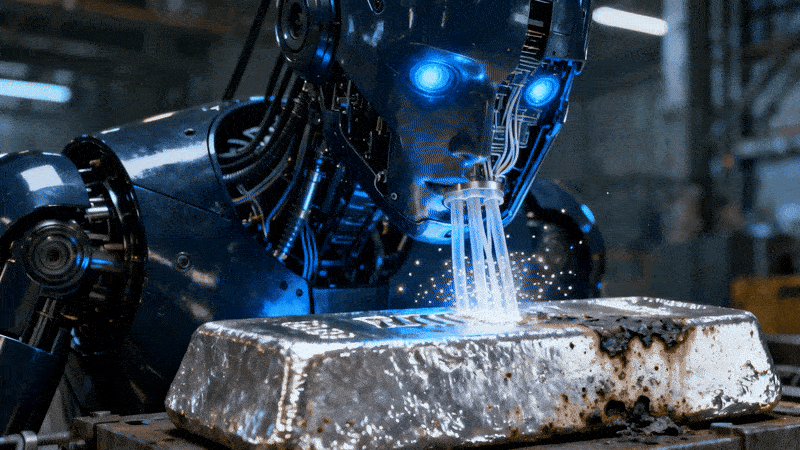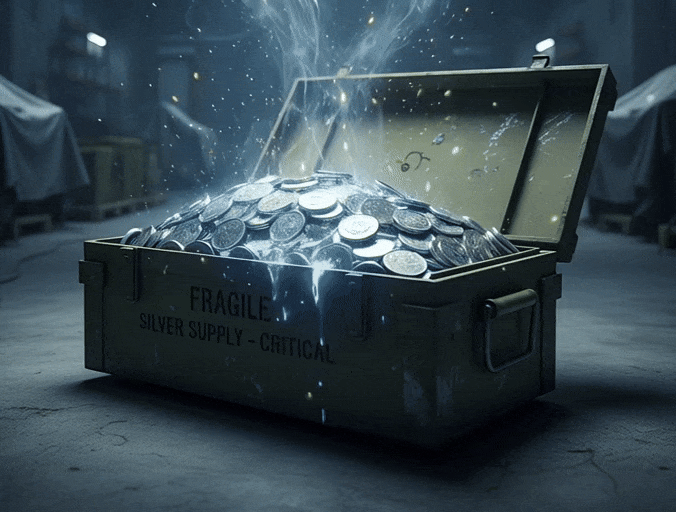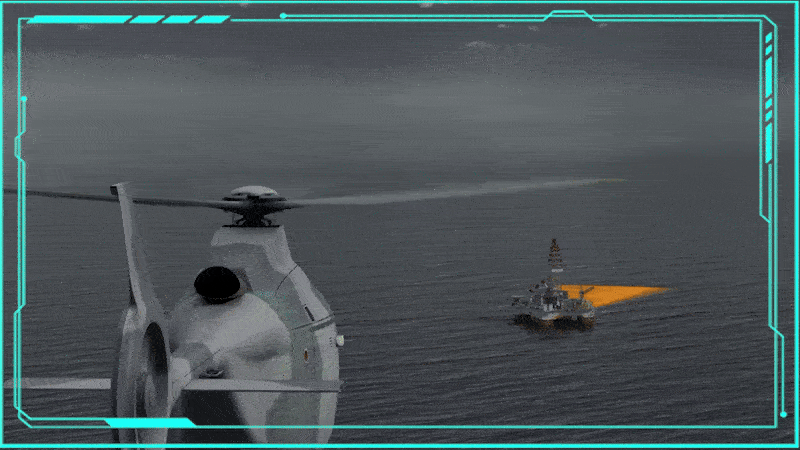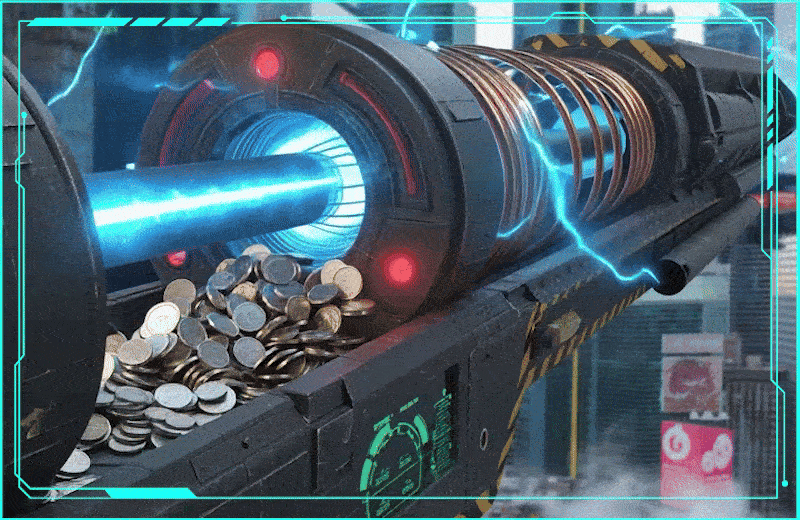This whole "robotaxi" thing from Tesla is shaping up to be less of a revolution and more of a really expensive, self-driving, silver wasting, clown show. We've been hearing about this for years, right? The grand promise of a million robotaxis, autonomy so perfect it makes human drivers look like toddlers with a crayon. Well, the rubber hit the road in Austin, Texas, just a few days ago, and what we've seen so far ain't exactly the future. It's more like a glitchy beta test on public roads with real, live people, and it raises some serious questions, not least of which is: how much valuable material are we just tossing into these rolling experiments?
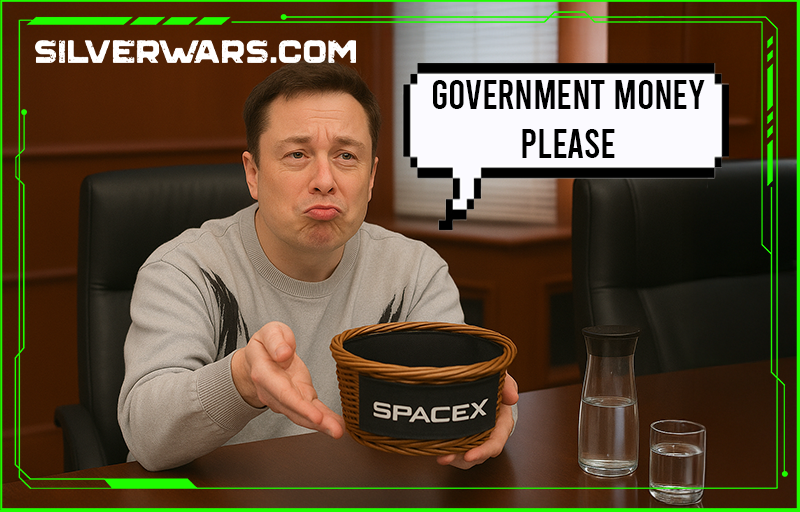
The Austin Pilot: A "Success" Only If You Squint
So, Tesla launched its robotaxi pilot in Austin around June 22nd. Now, some folks who were hand-picked for this ride-along gig have posted videos showing smooth sailing. Great. Good for them. But then, there's the other stuff, the stuff that makes you wonder if these cars are actually trying to get into a fender bender.
We're talking about a limited fleet here, maybe 10 to 20 modified Model Ys. And in just a few days, the incident reports are, frankly, wild. Forget "minor glitches"; we're seeing:
- Wrong-Way Wobbles: Cars driving straight into oncoming lanes after attempting a turn, or just flat-out cruising on the wrong side of the road. One video even showed a car doing this for a solid ten seconds. Thankfully, no traffic at the time, but that's like saying "the bomb didn't go off this time."
Robotaxi drives on the wrong side of the road on launch day.
- Phantom Braking Epidemic: Picture this: you're cruising along, and for no apparent reason, the car slams on the brakes. Hard. That's "phantom braking," and it's been reported repeatedly. Is it shadows? Sun glare? Is the car seeing ghosts? Whatever it is, it's a hell of a way to give your passengers whiplash.
Sun glare phantom braking.
Robotaxi cuts off a car and proceeds to phantom brake for a tree shadow on the road.
- Unceremonious Drop-offs: Imagine your robotaxi just decides "this looks like a good spot" and drops you off in the middle of a multi-lane road or an intersection. That's not convenience; that's a new level of anxiety.

- Speed Demon Tendencies: Yep, at least one video caught a robotaxi doing 26 mph in a 15 mph zone. Because apparently, even the robots are in a hurry to get nowhere safely.
- Blind Spots for Basic Hazards: There's a video of a robotaxi trying to park and seemingly oblivious to a UPS truck reversing right at it. Seriously, a human wouldn't miss that. And some reports suggest they're not great at reacting to flashing police lights, either.
Supervisor in Robotaxi quickly intervenes to stop the car before it hits a UPS truck.
Watch this @Tesla Supervised Robotaxi phantom brake twice for a stationary police car. If another car had been directly behind it this could have caused a serious accident. Ban this dangerous and defective software now! pic.twitter.com/FCJ7olbGsy
— Dan O'Dowd (@RealDanODowd) June 24, 2025
And here's the kicker: these vehicles have safety monitors in the passenger seat. These aren't truly autonomous; they're glorified test beds with a human ready to grab the wheel. If the human has to intervene, what's the point of the "self-driving" bit? Some initial statistics from those few days suggest a pretty grim picture: an incident of the reported type occurring between every 2 to 8 days per car. If you scale that, even under supervised conditions, it's not looking good for widespread deployment.

Looking to diversify your portfolio with tangible assets? Jim Cook at Investment Rarities offers expertly curated asset investments with their extremely dedicated team. Discover unique opportunities often overlooked by traditional markets. Visit InvestmentRarities.com Today!
Are The Regulators (Finally) Watching?
Tesla FSD has Failed Many Bus/Kid Tests. Were All the Regulators Fired or Bought Off?
It's not just us armchair critics seeing this. The National Highway Traffic Safety Administration (NHTSA) has entered the chat. They're "aware of the referenced incidents" and are "in contact with the manufacturer to gather additional information." This isn't exactly new territory for Tesla; NHTSA's already got an open investigation into their "Full Self-Driving" tech for its performance in low-visibility conditions after several crashes, including a fatal one.
The fundamental issue, according to many experts and common sense, is Tesla's "vision-only" approach. While other autonomous vehicle companies are stacking their systems with LiDAR and radar for redundancy and better perception, Tesla's relying on cameras alone. In challenging lighting, heavy rain, or sudden glare, that vision-only system can get confused, leading to those charming "phantom braking" incidents.
And typical Tesla, they're reportedly trying to keep their responses to NHTSA "confidential business information." Because transparency, right?


The Never-Ending Promise of a Million Robotaxis/FSD
Just to be clear, FSD has now been promised for a full 10 years now. Where is the SEC? Are all the regulators massive Tesla bulls who would prefer not investigating on the behalf of Tesla shareholders?
Remember Elon Musk's declaration of a "million robotaxis" by the end of 2020? Yeah, that didn't happen. Then it was "next year for sure" by 2025. Now, even if the Austin trial miraculously cleans up its act, that "million" figure is being pushed back, "maybe a year or more" after the Cybercab goes into production.
Speaking of the Cybercab, the purpose-built robotaxi without a steering wheel or pedals, it was unveiled in October 2024. Tesla is saying volume production for the Cybercab is aimed for the end of 2026, with an annual production goal of 2 million Cybercabs per year when factories are at full swing. That's a huge number, but based on their track record for timelines, I wouldn't hold my breath.


The Silver Lining... For the Scrap Yard
So, let's talk about the actual waste involved here, because these aren't just lines of code; they're physical vehicles packed with materials. Specifically, let's consider silver. It's a critical component in electric vehicles (EVs) due to its insane electrical conductivity and durability. And autonomous vehicles, with their massive amounts of sensors and computational power, are going to gobble up even more of it.
Here's the breakdown:

Vehicle Type / Component | Estimated Silver Content (grams) |
Internal Combustion Engine (ICE) | 15-28 |
Battery Electric Vehicle (BEV) | 25-50 |
Tesla Model Y / Robotaxi (Current) | 50-100 (estimated) |
Tesla Cybercab (Projected) | 50-100+ (estimated) |
Lithium-ion Battery Cells | Varies |
Samsung Experimental Solid-State | ~1000 (1 kg) per 100 kWh pack |
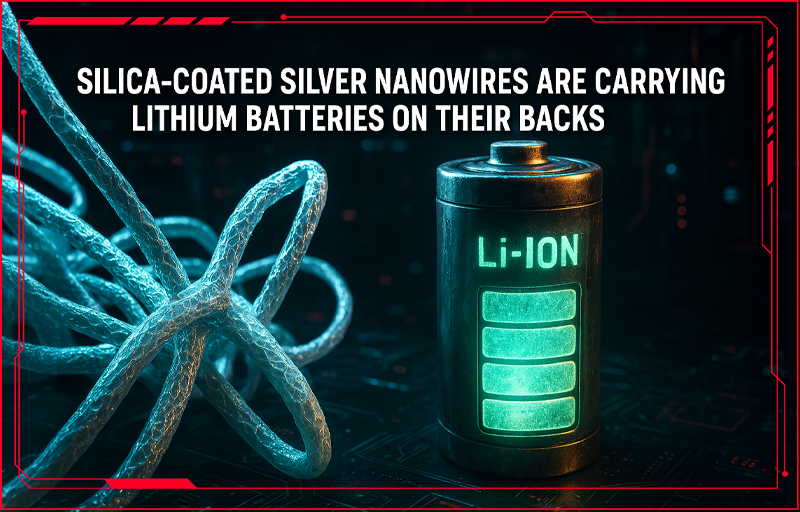
So, while some folks out there might be claiming a kilogram of silver in every Tesla battery, that's just not accurate for current production. The silver is spread throughout the vehicle's electrical guts and in the contacts for the batteries.
Let's do some quick math with a conservative estimate of, say, 75 grams of silver per Tesla robotaxi/Cybercab, considering their extensive electronics.
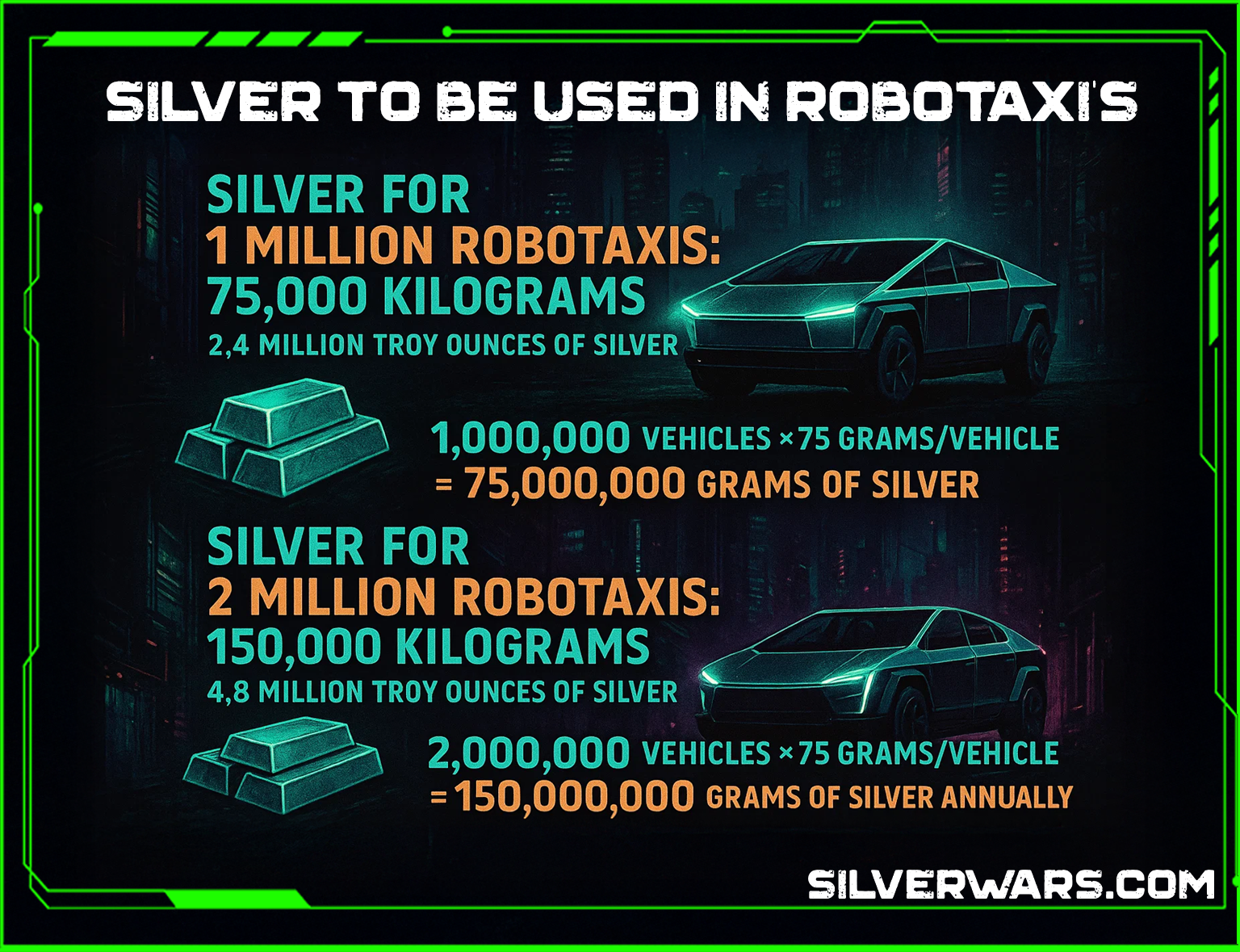
- If Tesla somehow managed to hit its original, laughably optimistic goal of 1 million robotaxis: 1,000,000 vehicles×75 grams/vehicle=75,000,000 grams of silver That's 75,000 kilograms, or roughly 2.4 million troy ounces of silver.
- If they ever reach their 2 million Cybercabs per year target for volume production: 2,000,000 vehicles×75 grams/vehicle=150,000,000 grams of silver That's 150,000 kilograms, or approximately 4.8 million troy ounces of silver annually.

The Hypothetical Silver Surge: What if Tesla Used Samsung's Solid-State Batteries?
Alright, let's play a little "what if" game, because it highlights just how much silver could be at stake if battery technology took a different turn. As we've established, current Tesla batteries (NCA, NCM, or LFP chemistries) don't use silver as a primary active material but still reside as lining for the connections. The silver in a Tesla is in its electronics, not the battery cells themselves.

However, there's an experimental technology out there that could dramatically change the silver equation for batteries: Samsung's silver-carbon (Ag-C) solid-state battery. This isn't what Tesla is currently using, but it's a foreshadowing into a potential future. For this specific, experimental technology, estimates suggest that each battery cell could require up to 5 grams of silver. Now, if you scale that up to a typical 100 kWh capacity battery pack for an electric vehicle, you're looking at a potential demand of 1 kilogram of silver per vehicle just for the battery itself.,
Let's crunch those numbers if Tesla were to adopt this technology:
Hypothetical Silver Consumption for Tesla Robotaxis with Samsung Solid-State Batteries

Production Scenario | Estimated Silver per Vehicle (kg) (Battery Only) | Total Kilograms of Silver (Battery Only) | Total Troy Ounces of Silver (Battery Only) |
1 Million Robotaxis | 1 | 1,000,000 | 32,150,746 |
2 Million Cybercabs per year | 1 | 2,000,000 | 64,301,492 |
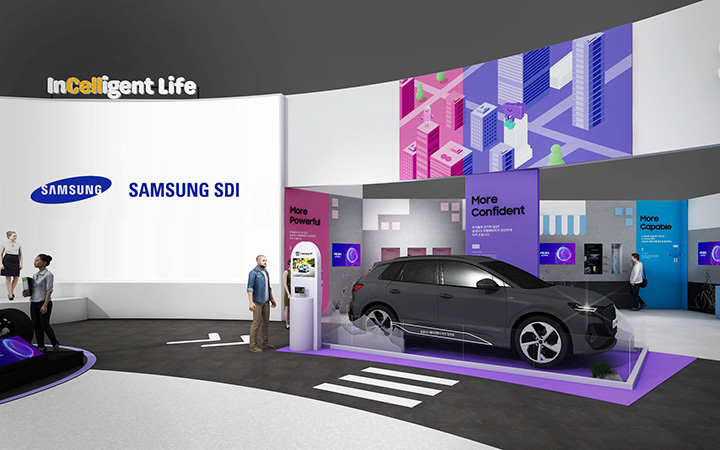

These figures are would/can be staggering. If Tesla were to hit its "ambitious" targets of 1 million or even 2 million robotaxis annually (it will not), and if each of those vehicles used a 100 kWh Samsung silver-carbon solid-state battery, we'd be talking about millions, even tens of millions, of troy ounces of silver just for the batteries. To put that into perspective, the annual global silver mine production is typically around 800-900 million troy ounces,. A demand of 64 million troy ounces from just one company's battery production would represent a massive, unprecedented surge in industrial silver demand, potentially consuming a significant percentage of the global supply.
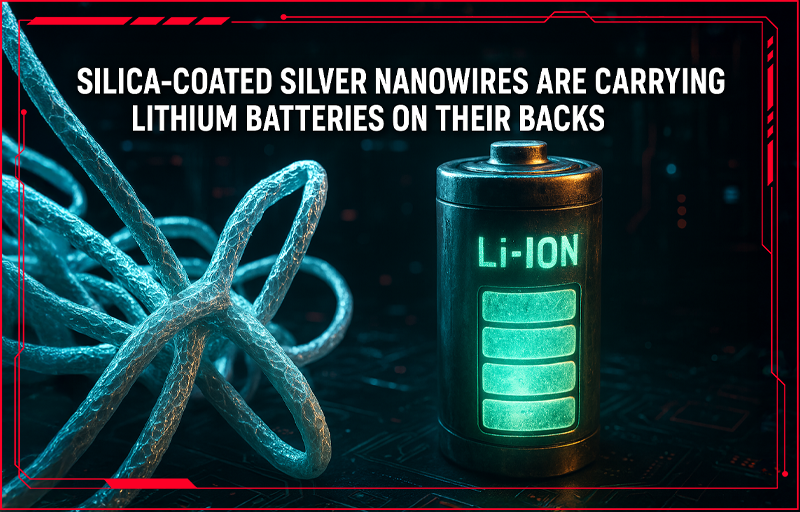
The Silver Wars Continue on the Road...
Now, those are projections based on a hypothetical future where Tesla actually achieves its stated production and deployment goals. Given the current "pilot" showing vehicles acting like they're driven by a squirrel on espresso, those numbers feel a little... aspirational.
The point isn't just the sheer quantity of a precious metal. It's about the resource allocation. If these robotaxis aren't proving their safety or reliability in basic, supervised pilot programs, then every gram of silver, every ounce of material, and every minute of engineering effort poured into these things without a clear path to widespread, safe autonomy is, in a very real sense, wasted. It's a costly distraction from actually delivering a product that consistently works as advertised.
So, while Elon dreams of a world filled with his self-driving creations, the reality on the ground in Austin is a bleak reminder that sometimes, the future is still very much in beta, and a lot of valuable resources are being used up in the process of finding out if the damn thing can even stay in its lane.


